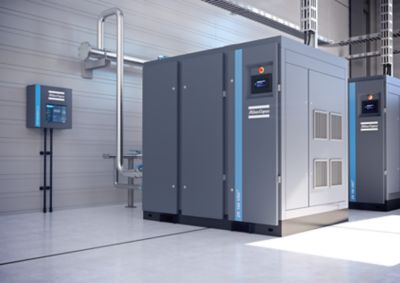Why Compressed Air is a Diamond Cutter’s Best Friend
June 27, 2024
Diamond cutting requires a constant flow of compressed air for which fixed-speed rotary screw compressors are preferred. Compressed air is required in the next stage as well: to create the facets of the diamond.
During the past two decades, a quiet revolution has taken place in much of the diamond-manufacturing industry. By adapting computer-imaging techniques, precision measurement systems, lasers, and other modern technological equipment, many manufacturers have improved their ability to cut diamonds in ways that hadn’t been thought of before. Compressed air technology plays a role here.
Cutting and Polishing
Diamond cutting and polishing is a fascinating process that transforms rough diamond crystals into the brilliant gems we admire. The process of refining a rough diamond into a finished gem is sometimes referred to as diamond polishing. While the process of crafting a polished diamond involves many different steps, the final polishing of all the facets is a crucial step in determining the quality and beauty of the finished gem.
Let’s explore the use of compressed air in diamond cutting. There are two contexts where compressed air is relevant: laser-assisted diamond cutting and plasma cutting.
Laser-Assisted Diamond Cutting
During the procedure, fine diamond dust is produced in the process of laser cutting within the closed chamber; this settles on the beam lens. The operator requires quality compressed air to clean the lens in order to ensure laser beam quality.
Plasma Cutting
Compressed air plays a crucial role in plasma cutting. When a laser beam generates heat, the affected section of the material melts. Pressured compressed air forms a strong jet that expels the molten material from the surface.
The diamond cutting application requires constant flow of compressed air for which fixed-speed rotary screw compressors are preferred. Once the rough shape is formed, the next stage is to create and form the facets of the diamond. The cutter places the rough on a rotating arm and uses a spinning wheel to polish the rough. This creates the smooth and reflective facets on the diamond.
During this process too, compressed air is used to operate pneumatic valves. For such operations, variable speed compressors are preferred due to their superior energy efficiency and low noise.

